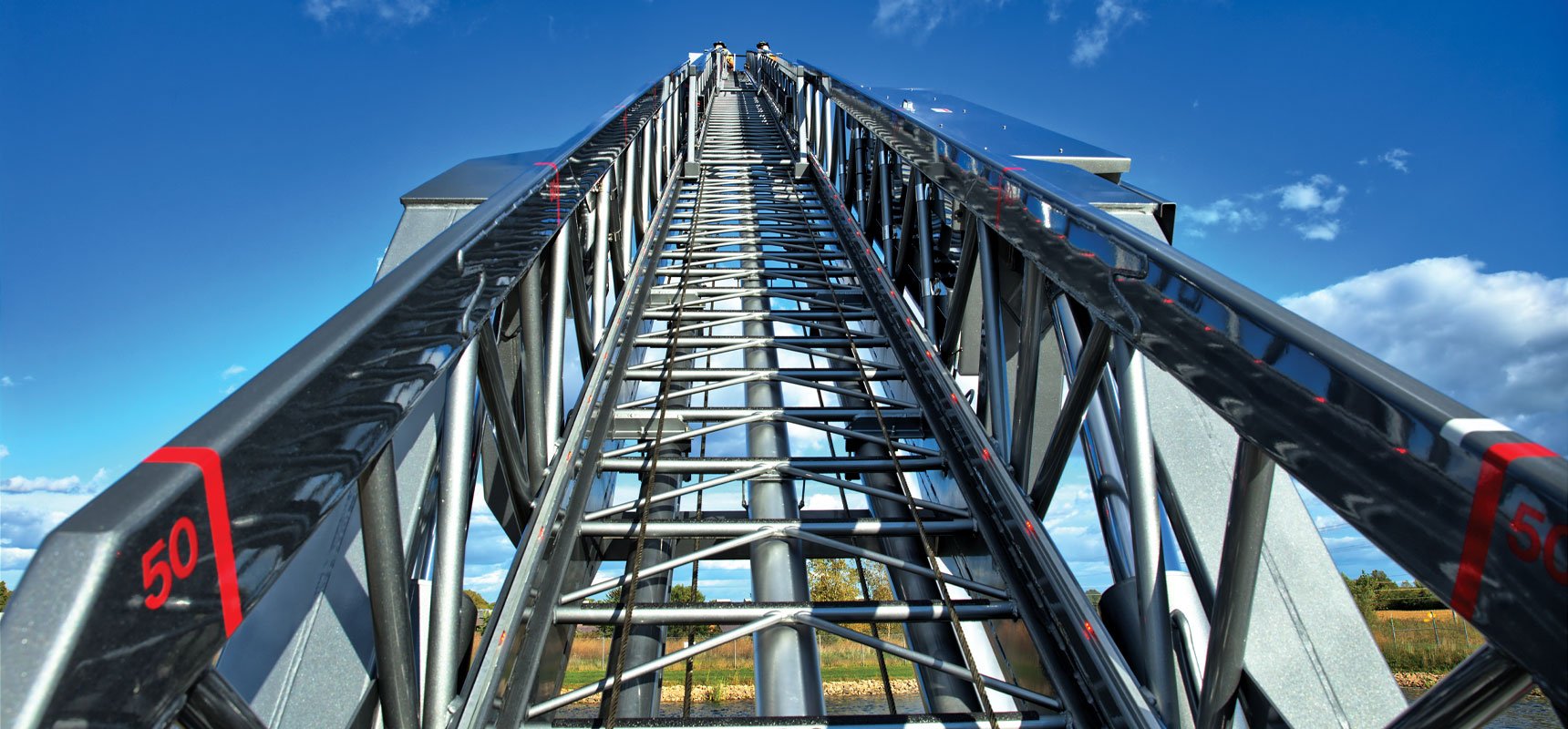
The National Fire Protection Association (NFPA) requires third-party certified performance testing of fire apparatus in several categories.
Pierce Manufacturing works exclusively with Underwriter’s Laboratories, a global safety science leader and the most recognized third-party testing organization in the fire service industry, for all apparatus testing.
This blog will help you understand the third-party testing process and how Pierce goes above and beyond industry testing standards with our Vehicle Inspection Program.
What is UL Testing?
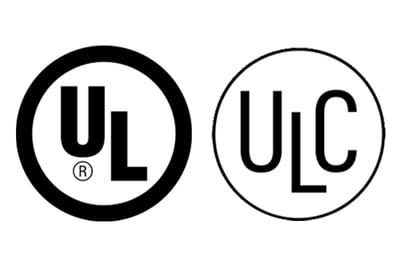 Underwriters Laboratories (UL) is a third-party certification company that tests products against established standards. UL testing is used in fire truck manufacturing to challenge fire apparatus to meet specified NFPA 1900 or ULC-S515 standards.
Underwriters Laboratories (UL) is a third-party certification company that tests products against established standards. UL testing is used in fire truck manufacturing to challenge fire apparatus to meet specified NFPA 1900 or ULC-S515 standards.
This testing is done near the end of the manufacturing process and is conducted by a UL-certified engineer. Many fire departments request a certification proving safety requirements have been met.
Is UL Certification Required For All Fire Trucks?
Under NFPA 1900, all fire trucks require a third-party certification in three categories: pump, electrical and aerial.
Water Pump
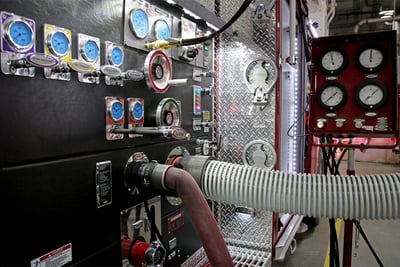 Water pump testing is designed to ensure optimal pump performance using several tests. The pump is run at capacity for several hours. At the same time, an overflow test is used to test maximum gallons per minute. Finally, while the test is running, the water is shut off to ensure the pressure governor recognizes there is no more water. Water pump testing is essential because it ensures the truck meets the NFPA standards for the pump and controls, and firefighters can be sure the truck is ready to perform in an emergency.
Water pump testing is designed to ensure optimal pump performance using several tests. The pump is run at capacity for several hours. At the same time, an overflow test is used to test maximum gallons per minute. Finally, while the test is running, the water is shut off to ensure the pressure governor recognizes there is no more water. Water pump testing is essential because it ensures the truck meets the NFPA standards for the pump and controls, and firefighters can be sure the truck is ready to perform in an emergency.
Electrical
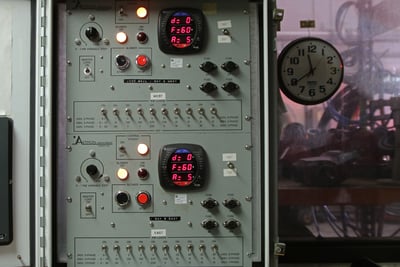 Many fire trucks have an onboard generator to provide ac electrical power. This is used for items such as electrical outlets, on-scene lighting and air compressors. A third-party generator test is important to reveal any hidden problems that could lead to electrical failure or other safety hazards.
Many fire trucks have an onboard generator to provide ac electrical power. This is used for items such as electrical outlets, on-scene lighting and air compressors. A third-party generator test is important to reveal any hidden problems that could lead to electrical failure or other safety hazards.
Aerial Device
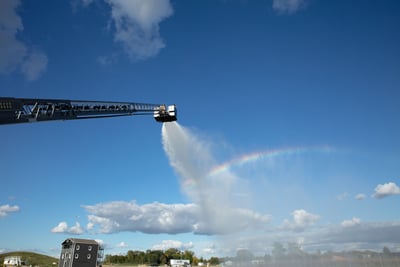 Aerial devices undergo rigorous testing that can last up to 12 hours. The devices are tested for functionality, control performance and cylinder operation. The ladder functions are tested to see how fast the ladder extends, retracts and how it manages creeper controls.
Aerial devices undergo rigorous testing that can last up to 12 hours. The devices are tested for functionality, control performance and cylinder operation. The ladder functions are tested to see how fast the ladder extends, retracts and how it manages creeper controls.
Fire truck manufacturing requires attention to detail and a great deal of expertise. Take a look at the steps we take to build a custom apparatus.
How Often Do UL Tests Need To Be Completed?
A UL-certified engineer will perform the testing near the end of the manufacturing process. Once the fire truck is delivered to a customer, the fire department is responsible for arranging third-party testing of required components to ensure they continue to meet required standards.
Why Does Pierce Manufacturing Use UL Versus Another Third-Party Service?
Pierce Manufacturing trusts Underwriters Laboratories' extensive knowledge and reputation for third-party testing. With over 125 years of safety science experience, and more than 40 years of testing fire department apparatus, equipment and ladders, UL is the industry leader in fire safety testing, certification and research.
What are the Benefits of UL Testing?
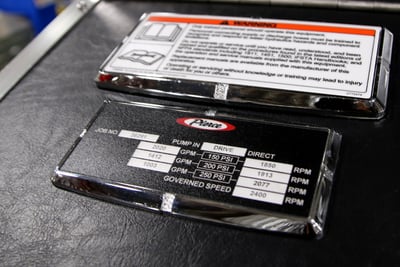 Third-party testing is included in NFPA requirements to ensure that every fire truck is manufactured to provide safe and reliable performance.
Third-party testing is included in NFPA requirements to ensure that every fire truck is manufactured to provide safe and reliable performance.
UL testing guarantees that each apparatus is ready to perform at its best, giving fire departments peace of mind knowing the fire truck and required components were properly manufactured and assembled.
How Do You Confirm UL Testing Standards?
The ability to review and confirm third-party testing is an important consideration for fire departments. Pierce Manufacturing provides each customer with a hard copy of all UL reports with every truck purchase and offers customers access to digital records when required.
What is Pierce’s Vehicle Inspection Program Certification?
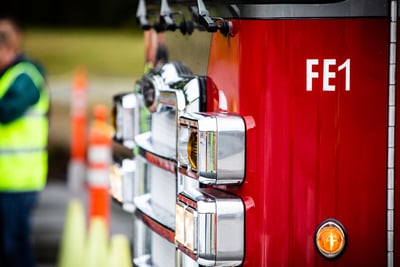 Pierce Manufacturing is an industry leader in fire truck manufacturing and goes above and beyond in third-party testing requirements.
Pierce Manufacturing is an industry leader in fire truck manufacturing and goes above and beyond in third-party testing requirements.
Not only does Pierce test to the required NFPA 1900, 1911 and ULC-S515 standards, our VIP Certification tests against the NFPA 1900 and ULC-S515 design standards in its entirety. This in-depth review and certification requires subject matter experts to provide proof to the UL that each of our products meet all criteria of NFPA 1900 and ULC-S515. This was done through review of calculations, analysis, engineering prints, research and development test reports along with physical inspections and testing.
A UL representative also reviews every apparatus for specific criteria in addition to the required NFPA 1900, 1911 and ULC-S515 standards which provides fire departments with complete confidence in the safety and functionality of each new Pierce delivery.
This includes, but not limited to, a detailed review of:
- Step and gauge heights.
- The use of appropriate safety and instructional labels.
- Proper illumination and indication of safe walking surfaces.
- Walking surface safety.
- Head height clearance from seat to roof.
- ‘Do not move’ truck indicator functionality of flashing light and lar in the cab if the parking brake is released with doors open.
As you consider your next apparatus purchase, it’s important to understand the role of third-party testing in the manufacturing process. Buying a fire truck is an investment, which is why Pierce is committed to providing the Vehicle Inspection Program Certification, so fire departments know they are purchasing a reliable and safe apparatus that is in full NFPA compliance.
Do you have questions about purchasing a new fire truck or our testing practices? Contact your local dealer to learn more or drop us a question in the comments!